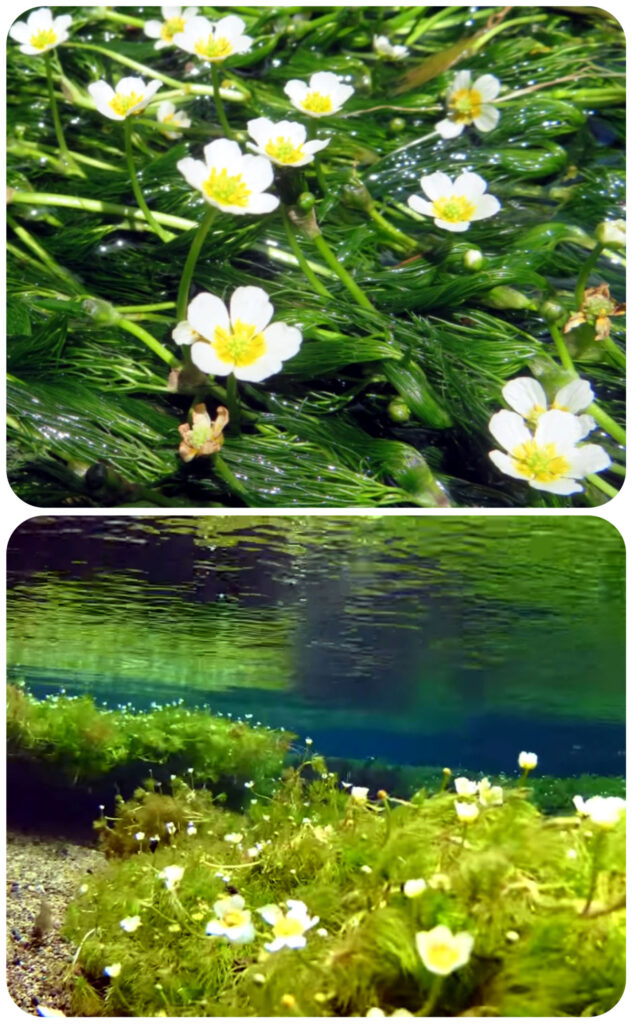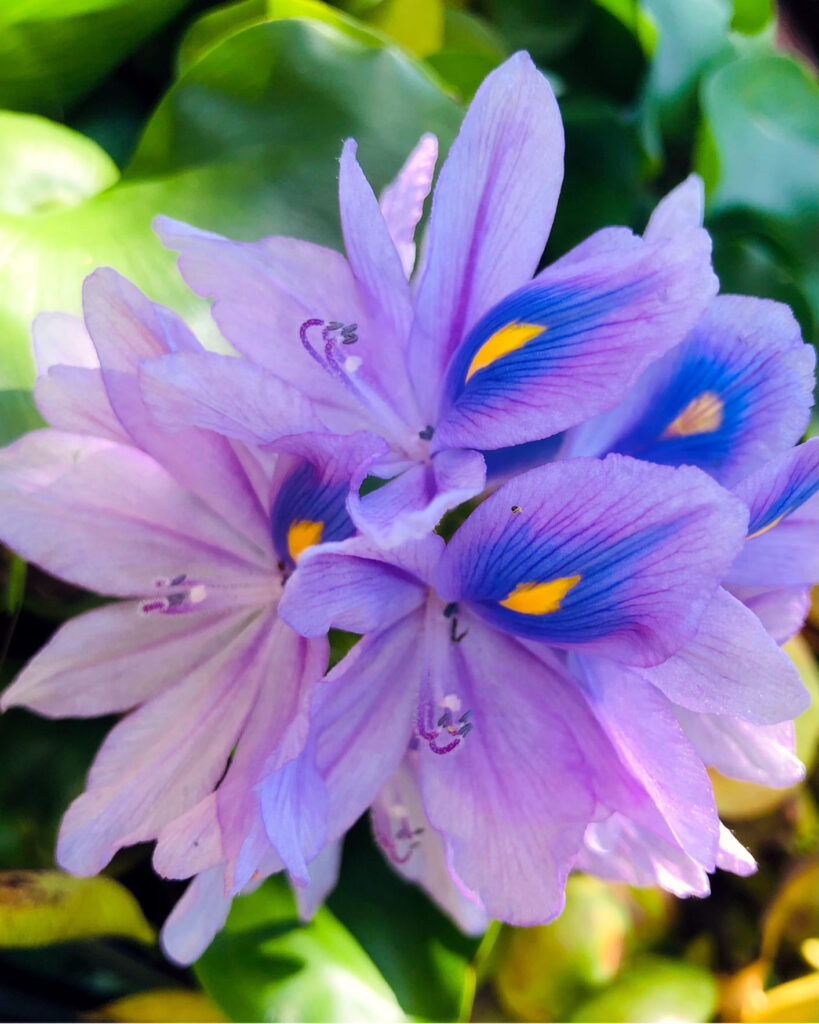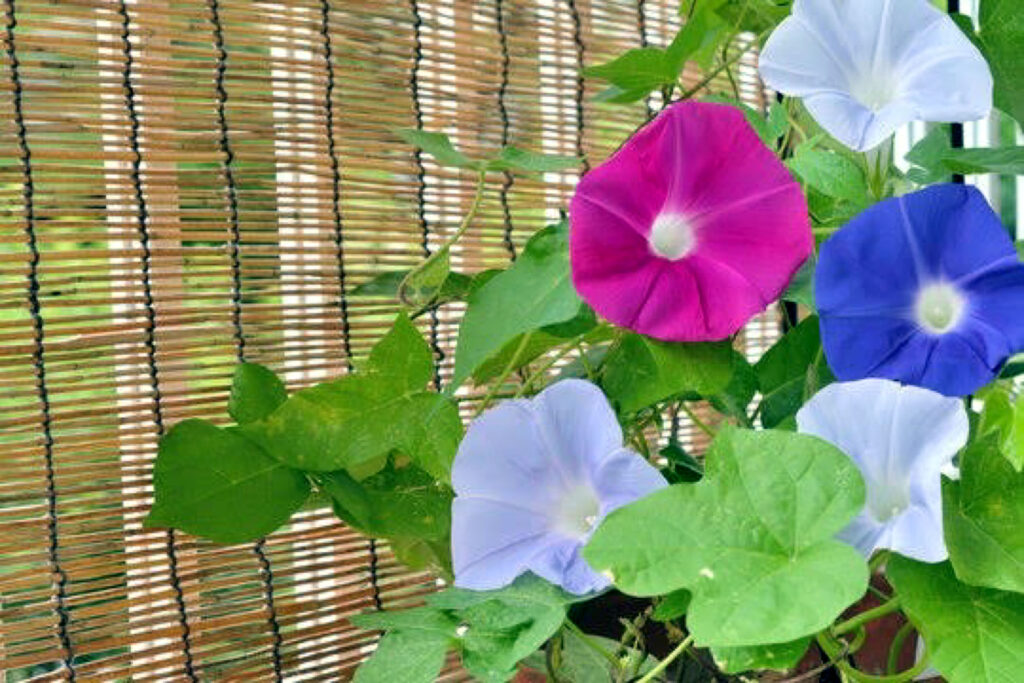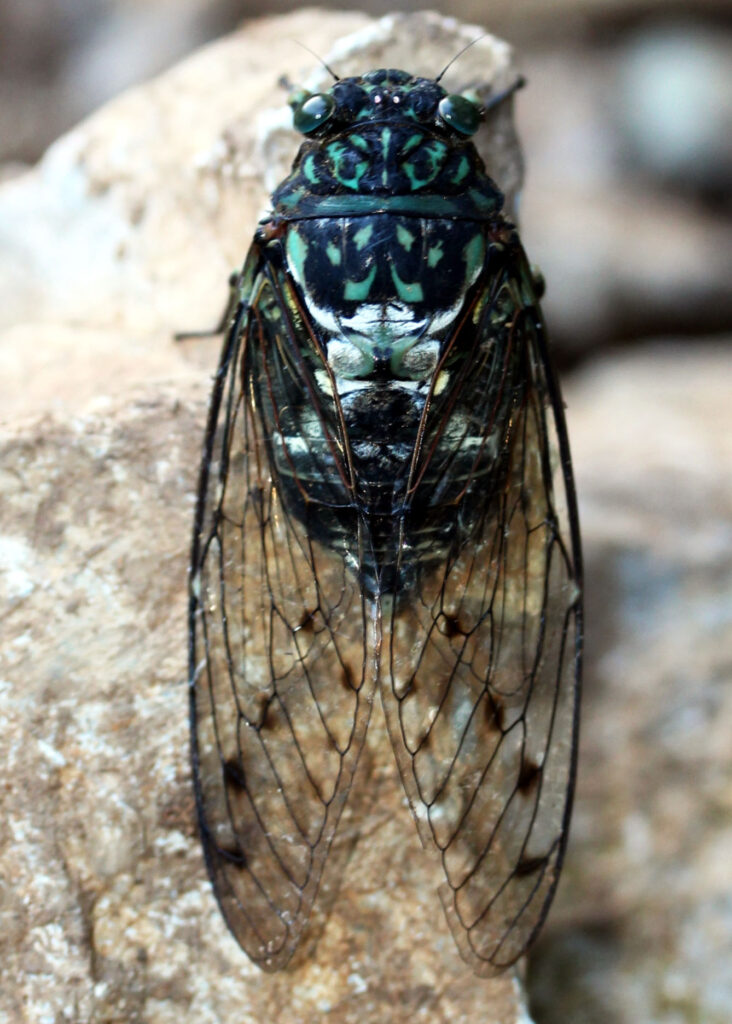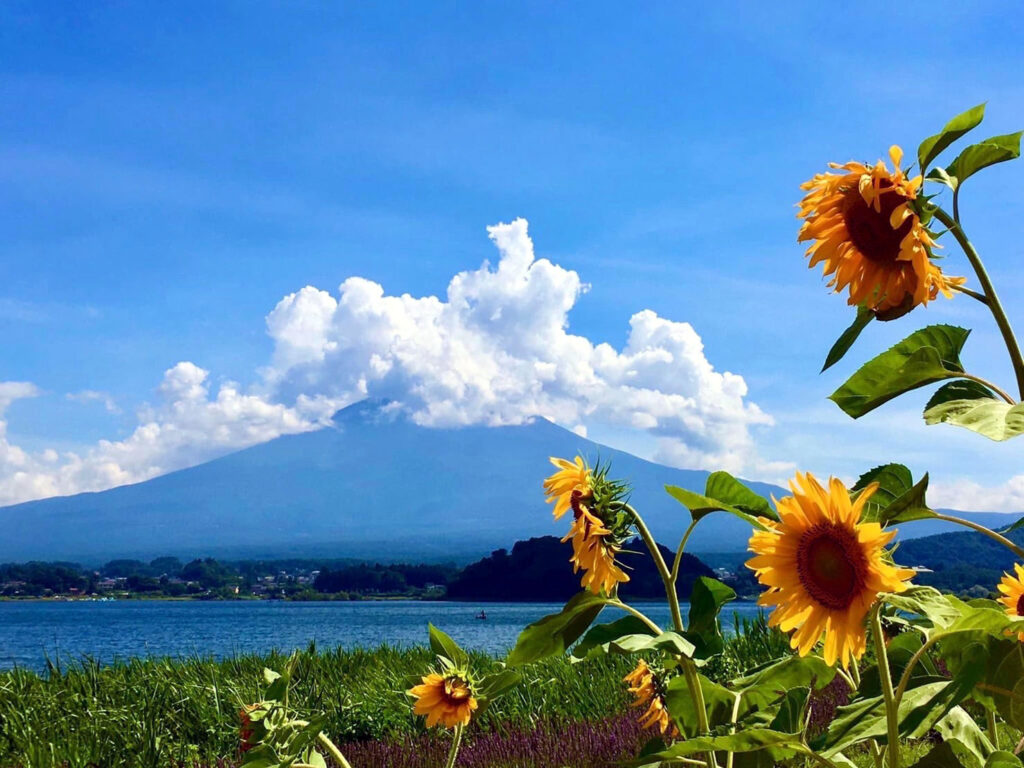The “Naniwa Yodogawa Fireworks Festival,” which colors the summer night sky of Osaka, was held on the night of the 3rd, and a large crowd enjoyed the colorful fireworks. The “Naniwa Yodogawa Fireworks Festival” is held on the banks of the Yodo River, which flows through Osaka City, and attracts approximately 500,000 visitors each year. It was first held in 1989 (the first year of the Heisei era). The “Heisei Yodogawa Fireworks Festival Executive Committee,” formed from the operating committee of the “Juso Dontokoi Festival,” which had been held 16 times in the past, was established with the hope of revitalizing the city. Funded by donations from businesses and other sources, the event had been held annually as the “Heisei Yodogawa Fireworks Festival.” From the 18th event in 2006 (Heisei 18), the name was changed to the “Naniwa Yodogawa Fireworks Festival,” as it is known today.
The festival started as a handmade fireworks display organized by citizen volunteers and has now grown to be one of the largest and most popular summer events in Osaka. This year’s 36th event was themed “From the Sky of Naniwa, Deliver to the World!” The fireworks were launched in sync with the music, creating a dancing effect. The dynamic star mines that beautifully spread in a semicircle over the water surface at two locations, and the simultaneous launch of large shells that covered the entire field of vision, were overwhelmingly impressive. It was a truly spectacular sight.
When I was a child, there was a fireworks festival called the “Suitosai” held on the riverbank of the Yodo River. Upon researching, I found that it started in the summer of 1946 (Showa 21) near Toyosato Bridge on the banks of the Yodo River, hosted by the Osaka Nichinichi Newspaper, with hopes for the recovery of Osaka, which had been reduced to burned-out fields due to war damage. Since 2002 (Heisei 14), it has been held in conjunction with the Tenjin Festival Dedication Fireworks. It is operated with sponsorship from private companies and organizations, and during the Tenjin Festival, fireworks are launched at Sakuranomiya Park on the left bank of the Okawa River and the Mint Bureau. I feel that perhaps the “Naniwa Yodogawa Fireworks Festival” was established by people with nostalgia for the old “Suitosai.”
大阪の夏の夜空を彩る「なにわ淀川花火大会」が3日夜、行われ、大勢の人たちが色とりどりの花火を楽しみました。「なにわ淀川花火大会」は大阪市を流れる淀川の河川敷で行われていて、毎年、およそ50万人が訪れています。誕生は平成元年(1989年)。過去16回にわたり開催されてきた「十三どんとこい祭」の運営委員会を母体として結成された「平成淀川花火大会運営委員会」が街の活性化を願い発足しました。企業などからの寄付によって「平成淀川花火大会」として毎年開催。平成18年(2006年)の第18回からは、名称を「なにわ淀川花火大会」に改めて今日に至ります。
市民ボランティアによる手づくりの花火大会としてスタートし、今や大阪の夏の風物詩として最大級の規模と人気を誇る花火大会となりました。第36回の今大会は「なにわのSORAから、届け世界へ!」をテーマに開催。花火は音楽とシンクロし、踊るように打ち上げられました。左右2カ所の水面の上できれいに半円状に広がるダイナミックなスターマインと、視界全体を覆うように広がる尺玉の一斉打ちなど、圧倒的な迫力は見応えがあるものでした。
子供のころ、やはり淀川の河川敷で「水都祭」という花火大会がありました。調べてみると、昭和21年(1946年)の夏、戦災で焼け野原となった大阪の復興を願い、大阪日日新聞の主催により淀川河畔の豊里大橋付近で開始されたそうです。平成14年(2002年)からは天神祭奉納花火と合同。民間企業・団体等の協賛金で運営され、天神祭りの際に大川左岸の桜ノ宮公園と造幣局で花火を打ち上げたそうです。おそらく「なにわ淀川花火大会」も昔の「水都祭」に郷愁を持ち人たちが立ち上げたような気がします。


